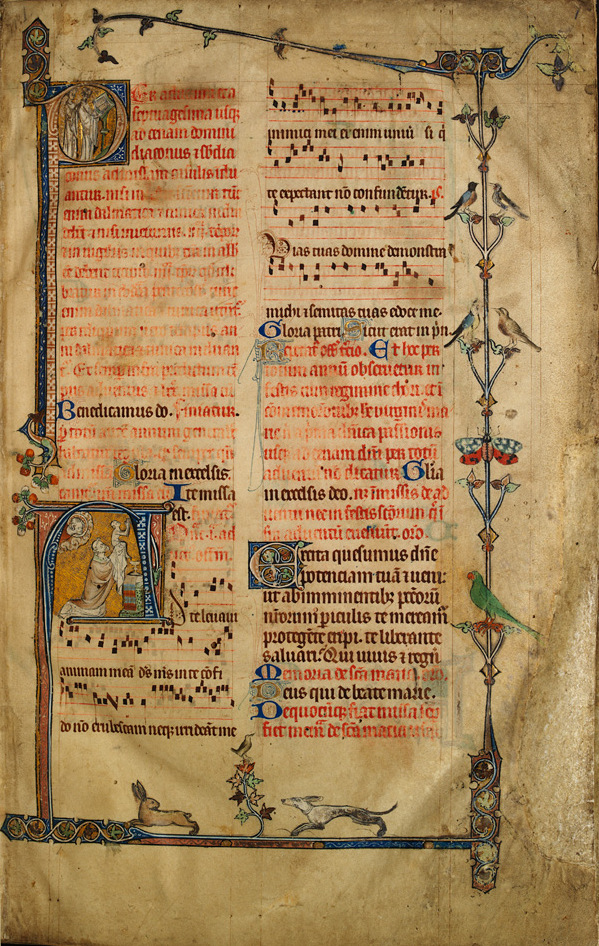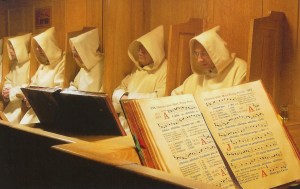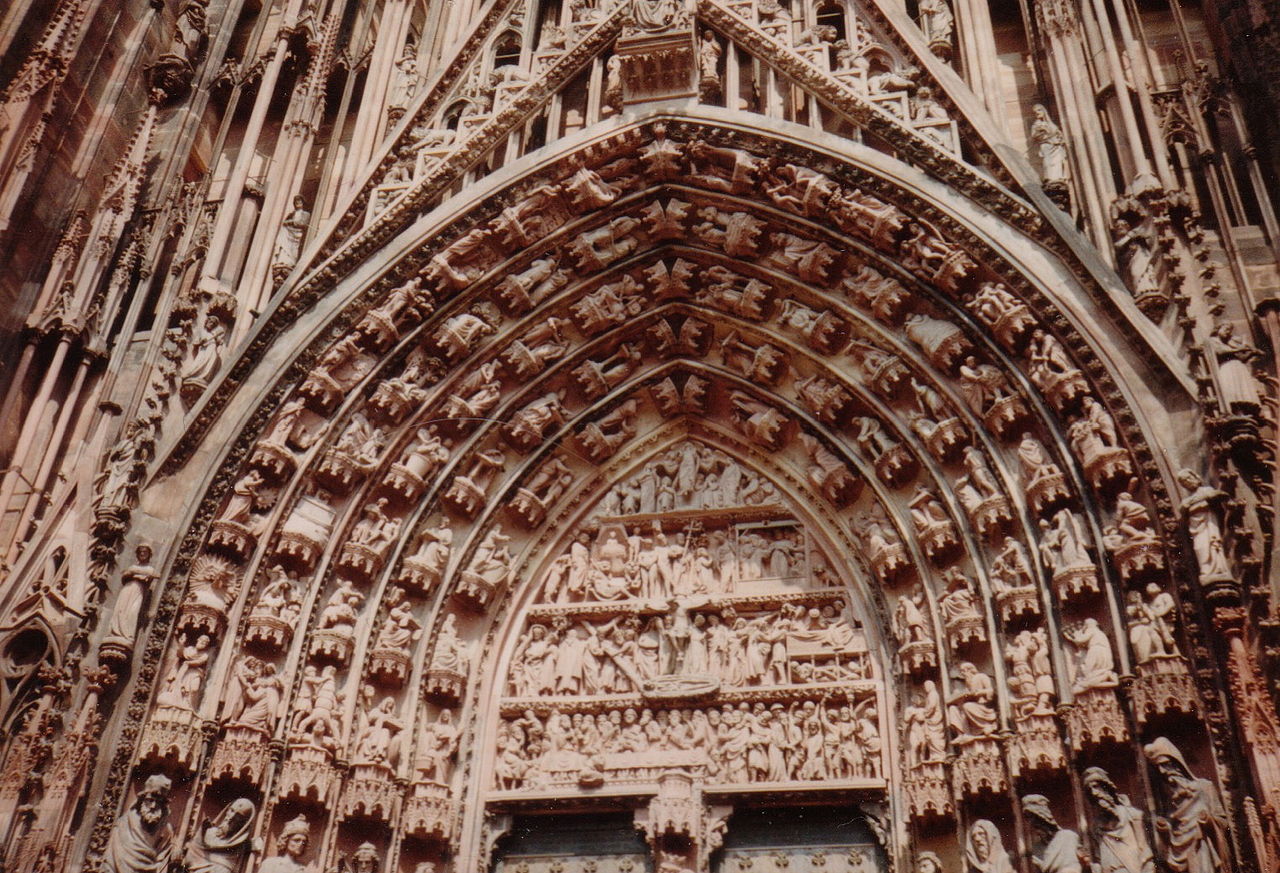This Article is taken from ENLARGING THE HEART

English: Albert the Great (Albertus Magnus).
Deutsch: Albertus Magnus, Tafelgemälde des Joos (Justus) van Gent, Urbino.
Artist: Justus van Gent (circa 1410–1480)
Date: Circa 1475.
(Wikimedia Commons)
In this way, it pours itself forth into Him in full sincerity with its whole heart and the yearning of its love, in the most inward part of all its faculties, and is plunged, enlarged, set on fire and dissolved into Him.
Certainly, anyone who desires and aims to arrive at, and remain in, such a state, must needs above all have eyes and senses closed and not be inwardly involved or worried about anything.

Albert the Great
(Albertus Magnus).
Artist: Tommaso da Modena (1326–1379).
Date: 1352.
Current location: Treviso - Chiesa di San Nicolò,
Sala del Capitolo (Seminario di Treviso), Italy.
Source/Photographer: Kapitelsaal des ehemaligen Dominikanerklosters San Niccolò in Treviso.
First uploaded by sv:Användare:Lamré to Swedish Wikipedia as sv:Bild:AlbertusMagnus.jpg.
(Wikimedia Commons)
Then he should withdraw himself totally within himself, and not pay any attention to any object entering the mind except Jesus Christ, The Wounded One, alone.
And so he should turn his attention with care and determination through Him into Him – that is, through the man into God, through the wounds of His humanity into the inmost reality of His Divinity.
Here, he can commit himself and all that he has, individually and as a whole, promptly, securely and without discussion, to God’s unwearying providence, in accordance with the words of Peter, cast all your care upon Him (1 Peter 5.7), Who can do everything.

[…] The bride too in The Song of Songs says, I have found Him Whom my Soul loves, (Canticle 3.4) and again, All good things came to me along with her (Wisdom 7.11).
This, after all, is the hidden Heavenly Treasure, none other than The Pearl of Great Price, which must be sought with resolution, esteeming it in humble faithfulness, eager diligence, and calm silence before all things, and preferring it even above physical comfort, or honour and renown.

This is what Luke means by, The Kingdom of God (that is, Jesus Christ) is within you (Luke 17.21).
Albert the Great (1193/1206–1280) [attributed]: On Cleaving to God, 1 & 2.




































